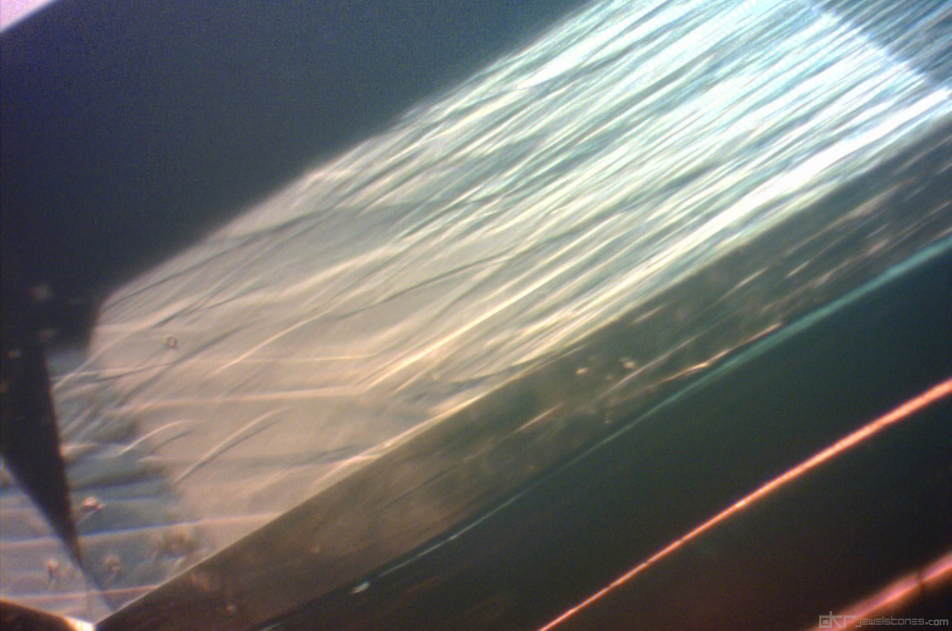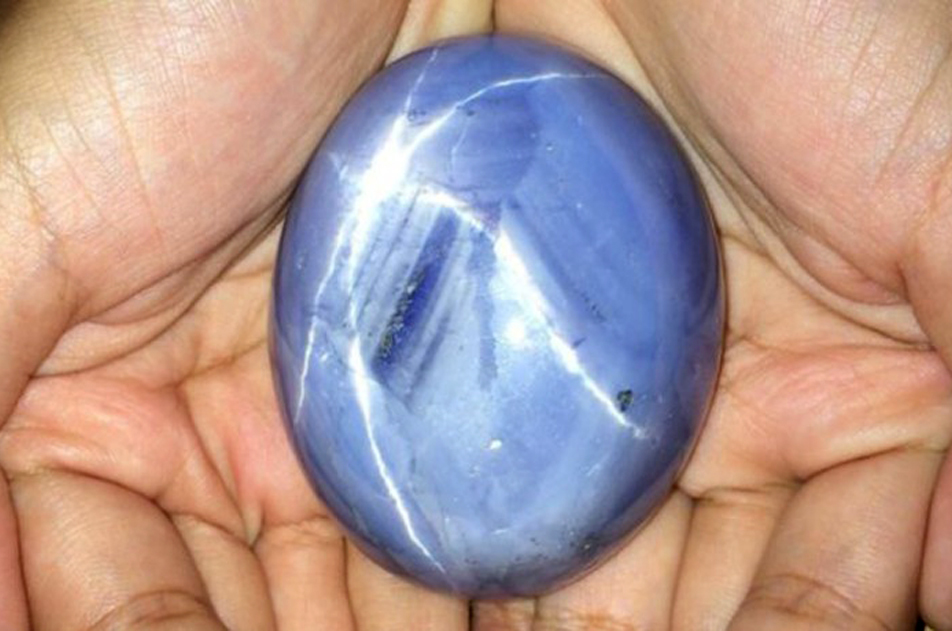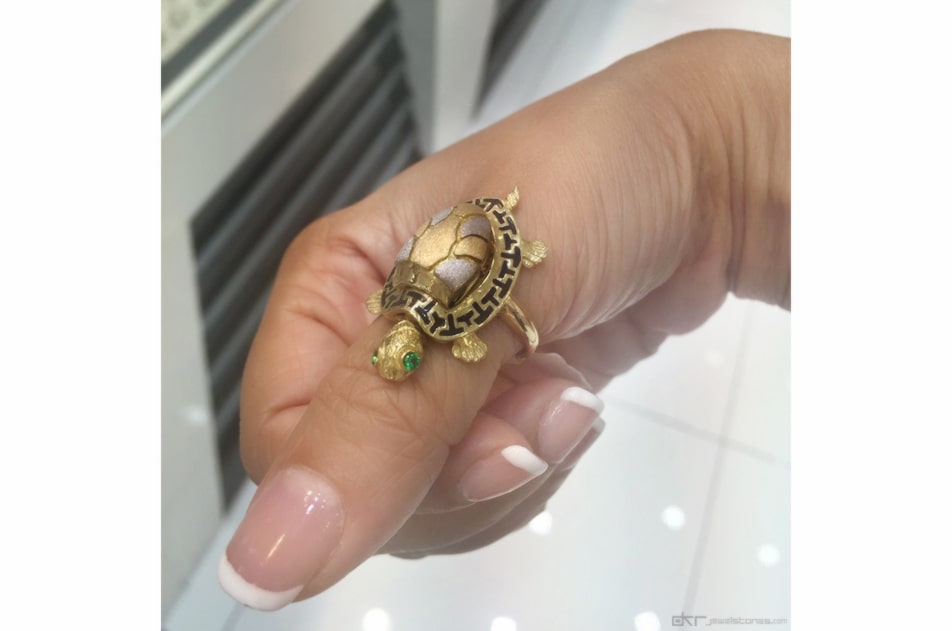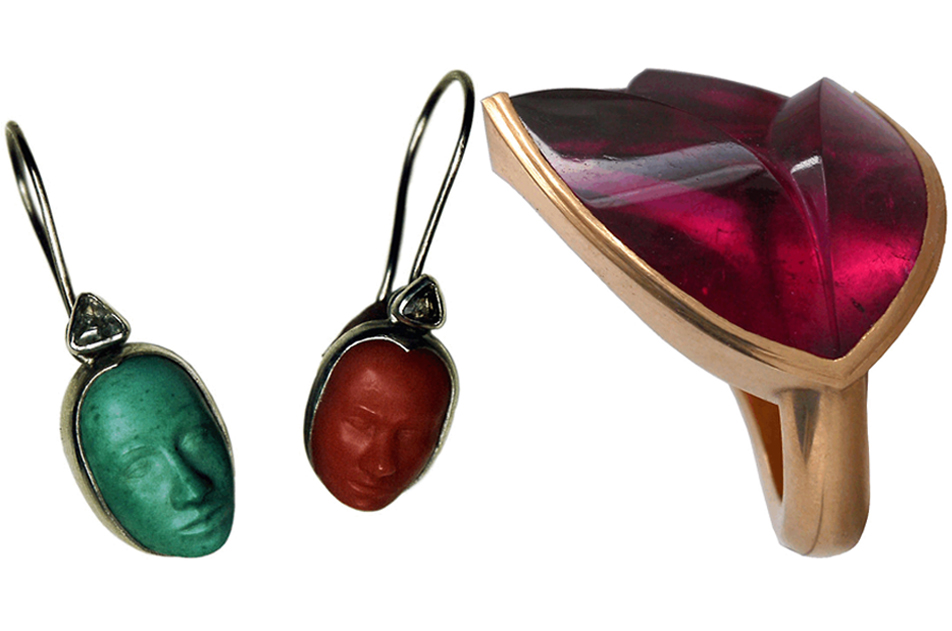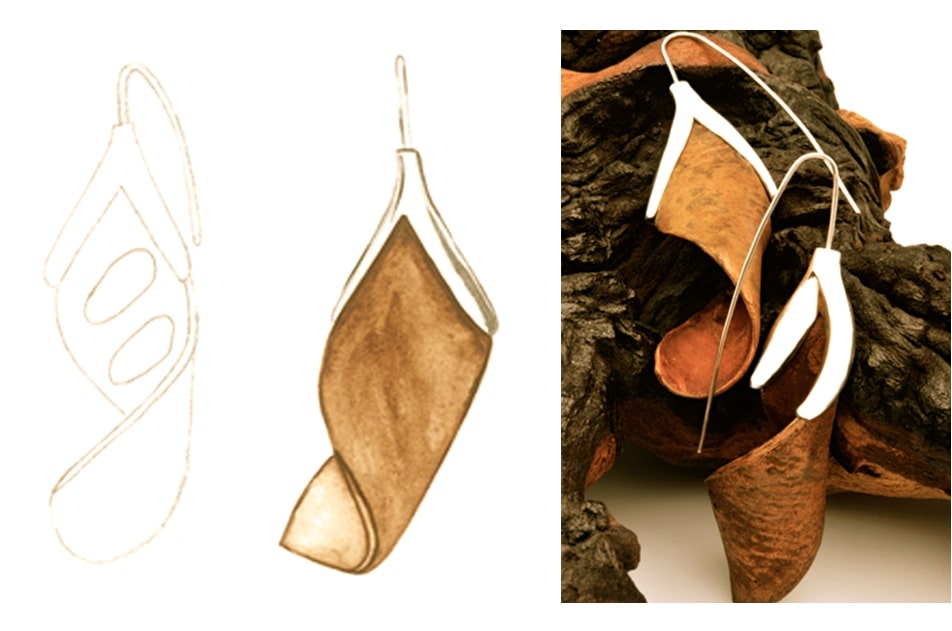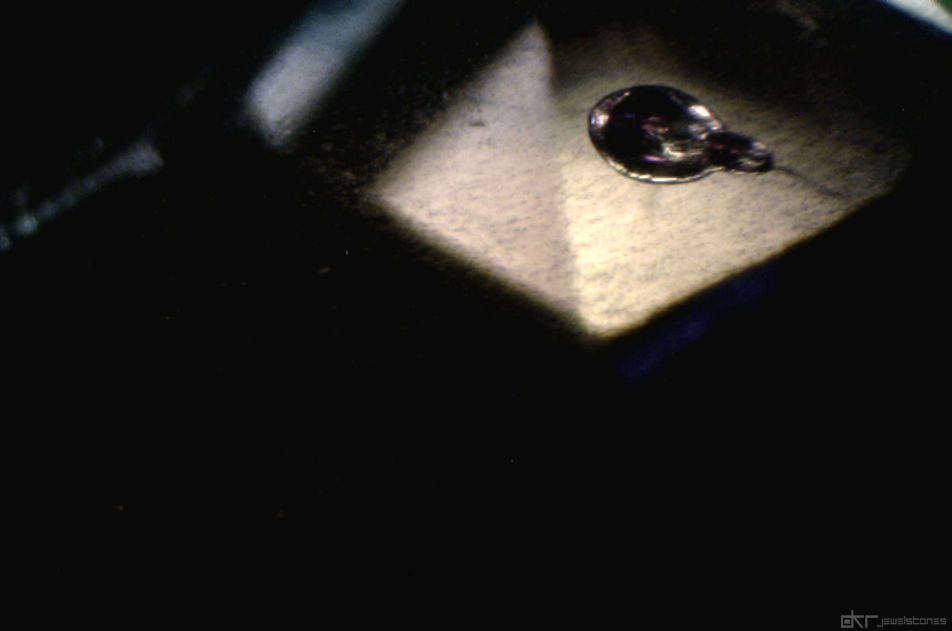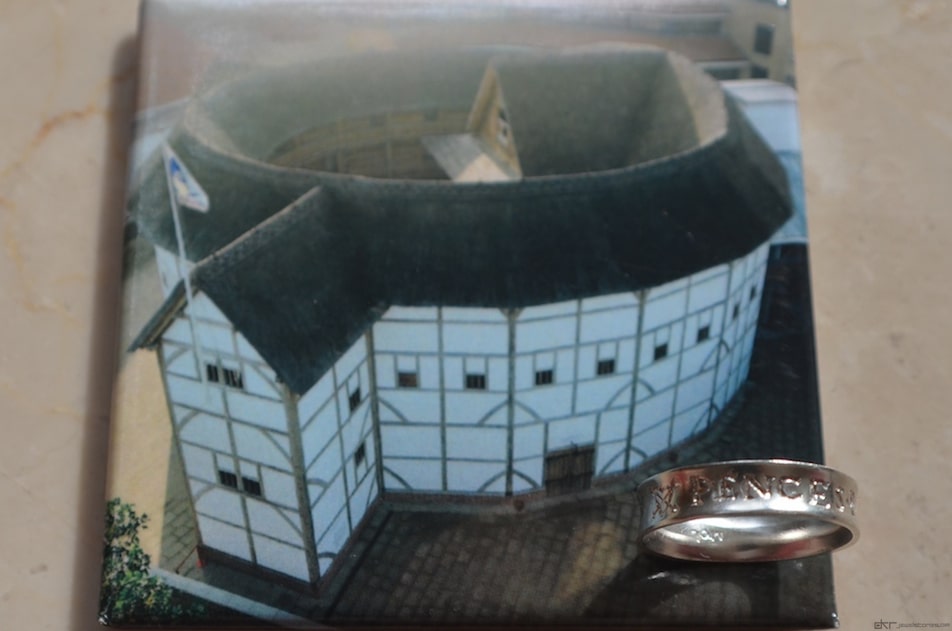Deceiving Beauty

Deceiving. Beauty. Indeed.
It was one of those days that I was rushed and short of time. My trusted and familiar gemstone dealer and I sat at my long glass dining table, sifting through stones of many colours and sparkles. All the while we were catching up with the industry news and current events while stopping to admire a sapphire or a sunstone – there was variety on that table! Since ‘time waits for no man’, the clock kept ticking and I hastily picked a couple of favourites and concluded the meeting. No, I didn’t check each stone as I would have under normal circumstances because I knew and trusted the dealer. Besides, I could always return the stone if I wanted to, was how I justified my hasty purchase. I quickly paid and tossed it into the back of my drawer and forgot about it.
Lockdown revisited us yet again and there I was, at home, with time to spare and so I reached for those forgotten couple of purchases. Three to be precise: an andalusite, a sunstone and a peridot.
Thrilled at having the luxury to take my time over them, examining them, I picked the “peridot” first, simply because it was such an unusually gorgeous olive green, the peridots I was familiar with were usually paler in colour.
Prior to reaching for my loupe, I always look with the unaided eye, preferably in daylight. Admiringly :)) I turned the stone around between my fingers and suddenly my heart stopped :)) I reached for the phone and took a snap shot of what I was seeing. Thats the picture you see on the left. The transparent layer at the girdle of the gemstone.
I quickly immersed the deceiving beauty of a gemstone in water against a white background and took another look, rotating the stone. The RI (refractive index) of the crown and the pavilion indicated synthetic spinel.
I will be taking it to a lab to take a closer look as soon as I can, post lockdown.
Needless to say, it was and is a “Soude gemstone”.
Composite gemstones can be very deceptive and these deceiving beauties come in different forms. Doublets and triplets are stones made of two or three different parts that have been cemented or fused together to create a single piece, with the intention of imitating a gemstone. A few examples of composite stones are: opal doublets and triplets, GTD’s (garnet topped doublets), Corundum doublets.
This particular one is known as Soude gemstone, used as an imitation of emeralds and peridots. Some consist of a coloured layer sandwiched between two colourless or pale coloured pieces joined at the girdle. The components could be natural or artificial.
Immersing in water and viewing it against a white background will reveal details. It’s not advised to use other immersion liquids as the cement or adhesive that holds the parts together could dissolve.
So there you are. You need not be a gemologist or need a lab to spot something like this. Holding it against any light source and viewing the stone from the girdle will reveal clues.
Not all deceiving beauties will be this easy to detect.
Whats important is that you don’t rush a purchase and you take your time to observe it. In my case, I was fortunate enough to know the dealer for years which is why I risked it in the first place.
I decided to keep the stone and the story:) and I’m happy to report the other two gemstones : the andalusite and sunstone were perfectly natural, as expected:)
46

